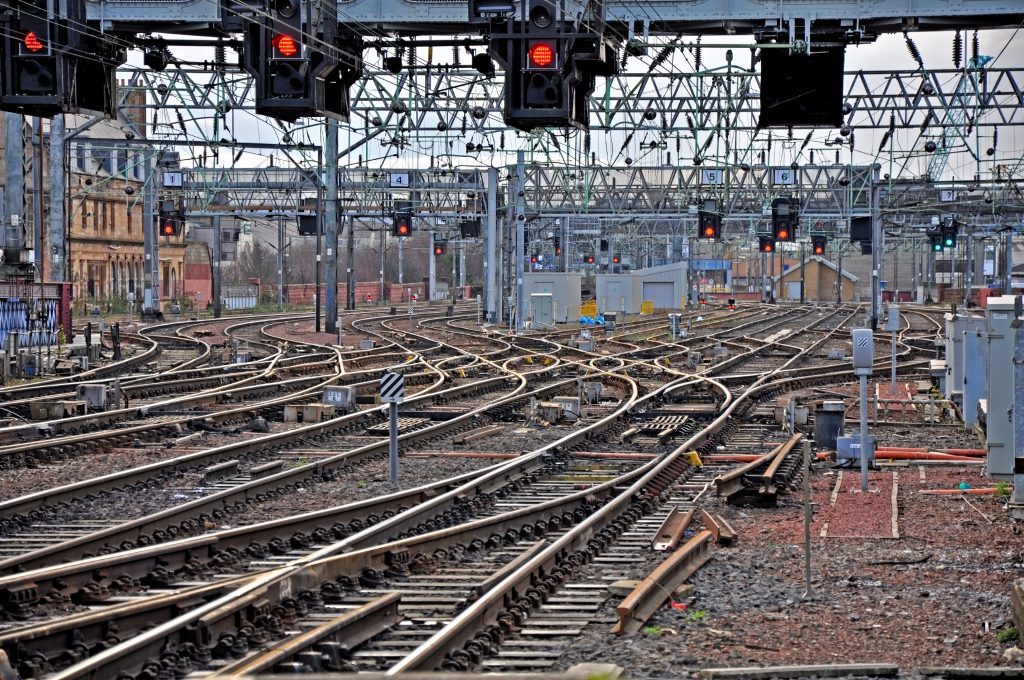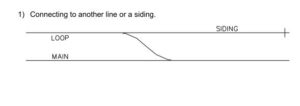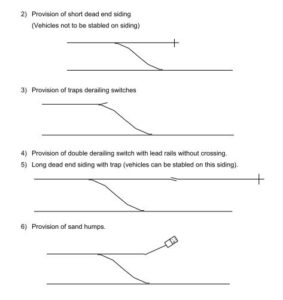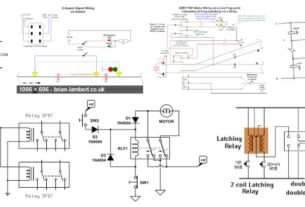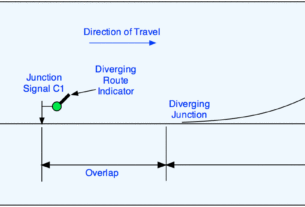Railway Isolation Rules regarding isolation Methods of Isolation
Isolation
The term isolation denotes the condition in which line for a particular movement of a train is separated from all adjoining lines connected to it in such a manner that it cannot be fouled or interfered with by any movement taking place on the adjoining lines .
Rules regarding isolation:
* A line, on which train movements at speeds higher than 50 KMPH are permitted, should be isolated from all connected lines.
* Passenger lines should be isolated from all connected goods lines and sidings, whatever the speed may be.
* Isolation of goods reception lines from sidings is considered desirable.
* To maintain safety in through running, points and trap sidings should be not be inserted in the main or through line except with the permission of CRS.
* Where other means cannot be adopted to permit simultaneous reception on a single line.
* To trap vehicles running away from a station.
* To avoid trains entering from block section due to heavy falling gradient.
Methods of Isolation :
1) Connecting to another line or a siding.
Railway Isolation Rules regarding isolation | Methods of Isolation
